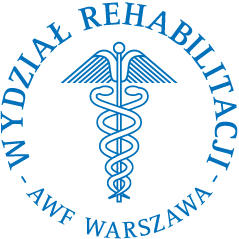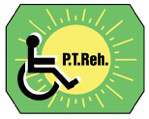


|
Current issue
Archive
Manuscripts accepted
About the journal
Editorial board
Reviewers
Abstracting and indexing
Contact
Instructions for authors
Publication charge
Ethical standards and procedures
Editorial System
Submit your Manuscript
|
4/2021
vol. 35 abstract:
Assessment of lower limbs in people with Generalized Joint Hypermobility (GJH) - preliminary report
Paulina Ewertowska
1
,
Agnieszka Kleniewska
1
,
Jakub Wasilewski
1
,
Agata Wasilewska
1
,
Afrodyta Zielińska
1
,
Ireneusz Haponiuk
1
,
Dariusz Czaprowski
2, 3
Advances in Rehabilitation, 2021, 35(4), 25–32
Online publish date: 2021/08/23
View
full text
Get citation
ENW EndNote
BIB JabRef, Mendeley
RIS Papers, Reference Manager, RefWorks, Zotero
AMA
APA
Chicago
Harvard
MLA
Vancouver
Introduction
Generalized Joint Hypermobility (GJH) is defined as an increased range of motion in joints. There is no causal treatment of GJH, therefore the therapy should be based on the individual needs of patients after the comprehensive diagnostic of body posture. The occurrence of deformities of lower limbs in people with GJH should be an indication for the therapy. The aim of this study was the assessment of the impact of Generalized Joint Hypermobility on the lower limbs position. Material and methods The research was conducted on 30 children, aged 7-13 (10.1±1.7), 51 adults aged 20-29 (23.2±1.6). The study included the assessment of external and internal rotation of hips, tibial torsion, axis of lower limbs, longitudinal and transverse arch of the feet. Females with ≥5 and males with ≥4 scores in the Beighton test were included in the GJH groups. Results Both children and adults with GJH presents higher internal rotation of hips in comparison to the control group (p=0.03 for right and p=0.00 for left side, and p=0.00 for right and p=0.00 for left side, for children and adults, respectively). Children with GJH obtained higher values of the Clarke angle for the right foot compared to the control group (p=0.00). Conclusions Regardless of age, subjects with Generalized Joint Hypermobility are characterized by higher internal rotation of the hip compared to healthy controls. Children with GJH present a higher longitudinal arch of the feet compared to peers, but the results fall within the normative ranges. keywords:
hip joint, Generalized Joint Hypermobility, tibial torsion, arches of foot |
    |